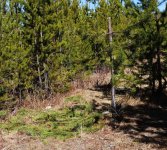Th3rty7
Silver Member
A few morel shots and a red spotted newt.
Amazon Forum Fav 👍
Attachments
-
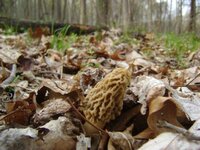 phpGWQOwUPM.jpg106.2 KB · Views: 285
phpGWQOwUPM.jpg106.2 KB · Views: 285 -
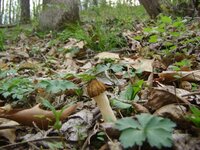 php5VHQjWPM.jpg129.3 KB · Views: 295
php5VHQjWPM.jpg129.3 KB · Views: 295 -
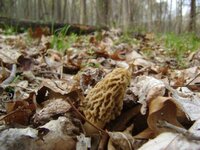 phpGWQOwUPM.jpg106.2 KB · Views: 278
phpGWQOwUPM.jpg106.2 KB · Views: 278 -
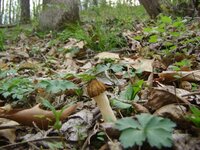 php5VHQjWPM.jpg129.3 KB · Views: 294
php5VHQjWPM.jpg129.3 KB · Views: 294 -
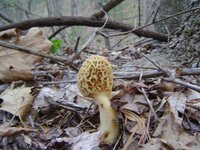 phppEMSZIPM.jpg114.6 KB · Views: 280
phppEMSZIPM.jpg114.6 KB · Views: 280 -
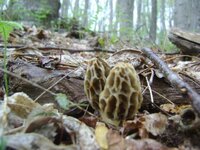 phpbadIQMPM.jpg111.2 KB · Views: 278
phpbadIQMPM.jpg111.2 KB · Views: 278 -
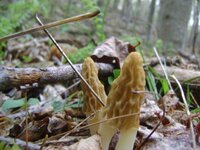 phpfBSoFHPM.jpg96.5 KB · Views: 284
phpfBSoFHPM.jpg96.5 KB · Views: 284 -
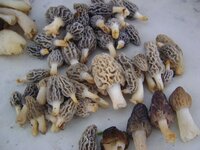 phplb9BdoPM.jpg101.5 KB · Views: 292
phplb9BdoPM.jpg101.5 KB · Views: 292 -
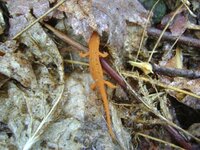 phpEQRbDfPM.jpg135.4 KB · Views: 290
phpEQRbDfPM.jpg135.4 KB · Views: 290




